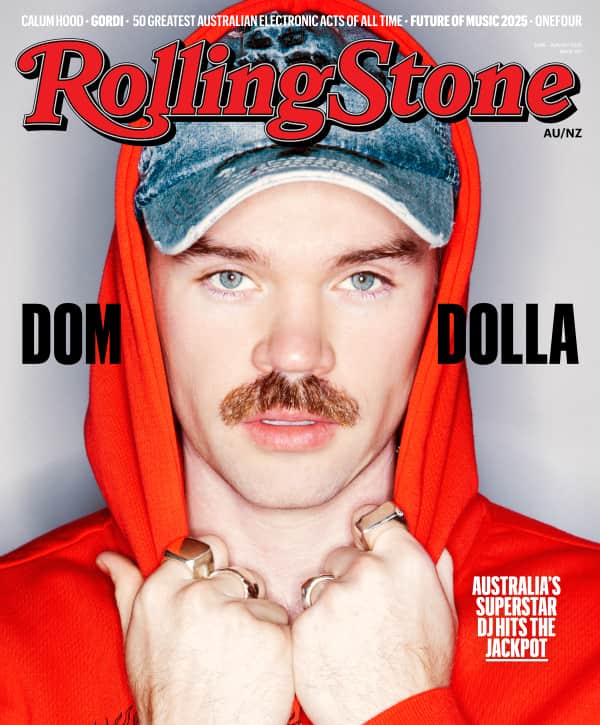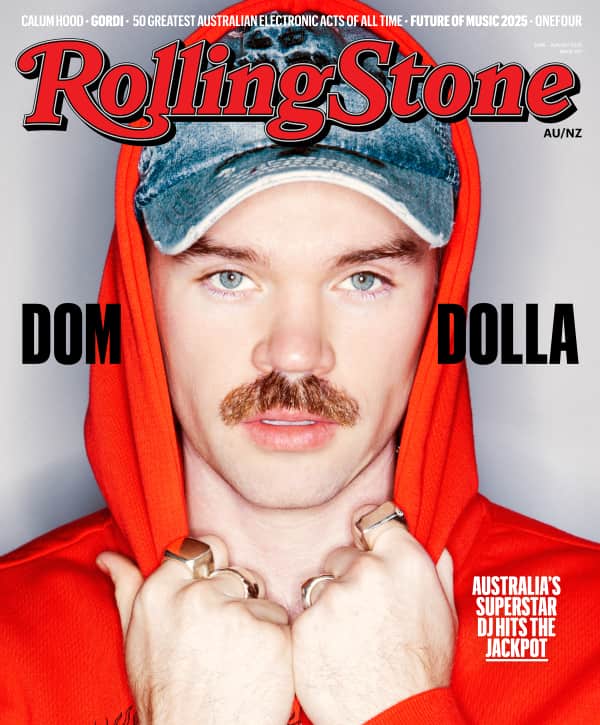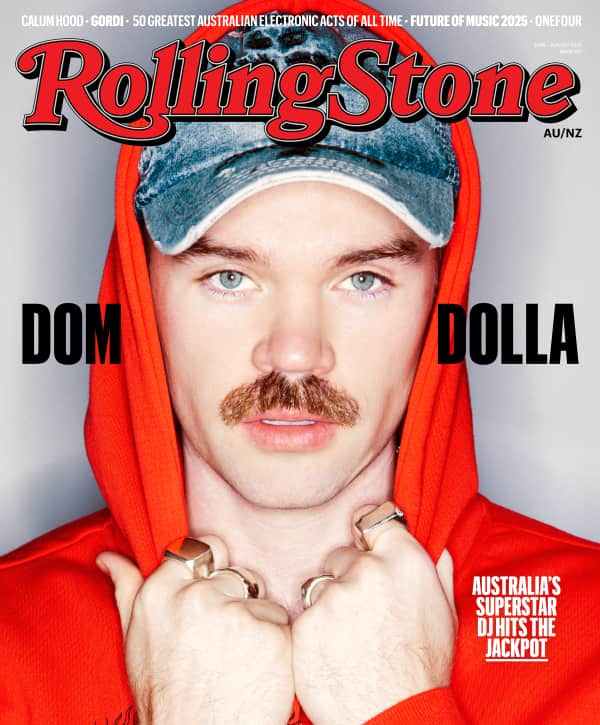Pōneke-based artist AJA put a lot of time and thought into her debut album. She spent seven years carefully crafting the record, titled KĀWAI.
More than just music, AJA’s debut is a heartfelt journey through whakapapa, resilience, and motherhood, blending Indigenous soul with bilingual storytelling. Produced with Mara TK, the album is deeply rooted in whānau and Aotearoa.
“KĀWAI is a piece of my heart,” AJA shares. “It was crafted through the wild, beautiful balance of motherhood and music making. It’s a mix of soul-rhythm and personal stories. Made with whānau close by, it’s a whole lot of love. Every note, every lyric is a reflection of whakapapa, journey, & finding strength in the little moments.
Listening to KĀWAI, it was immediately an album that you wanted to learn more about. So Rolling Stone AU/NZ caught up with AJA to talk about the making of her debut, her inspirations, and what’s next for the soulful Wahine Māori artist. Read the full conversation below.
AJA’s KĀWAI is out now.
Rolling Stone AU/NZ: Making KĀWAI took a long time – what was that process like for you?
Love Music?
Get your daily dose of everything happening in Australian/New Zealand music and globally.
AJA: It’s been a journey, no doubt. I started recording KĀWAI while living in Christchurch, balancing life with two pēpi who were born 11 months apart. It was motherhood while composing and writing for the album. When it came time to record, I flew back to Wellington to work with the band in two separate sessions over two weekends.
The process was long but it felt perfectly timed. Balancing whānau life and work with composing music wasn’t easy, but I think it’s shaped the album. I also released singles along the way – each one a little piece of the whole, giving people a glimpse into the full project as it evolved.
Your music blends a lot of different styles. How do you make it all come together?
I think it comes down to upbringing – the stories, the sounds, and the rhythms. I grew up with gospel, but also soul and R&B. Artists like D’Angelo and Lauryn Hill helped me find the soul in the music I grew up with. It’s a fusion of things – soul, funk, Indigenous sounds – that naturally blend for me. But at the heart of it is Aotearoa, Porirua, and whānau. The music is serious but fun and personal. Whatever style I work with, it always comes back to my identity as Wahine Māori.
Family seems really important in your music. Any special moments during recording that stand out?
Family. Stories of family. For family. About family. My big sister Trey, who’s like my musical coach, has been with me through thick and thin. Whenever we record, it feels like a whānau affair. My partner helped build my recording booth in the garage when I needed to work from home, and my kids were always nearby. Even during those quiet, solo moments, their energy was always in the room. You can feel that whānau – love holds the music together, that’s what I want to resonate with people.
The album was made at home with whānau around. How does that energy come through in the music?
I wouldn’t have it any other way. I’m a homebody, with little ones, family is always just there. When my pēpi arrived and then COVID19 hit, it all slowed down. It was time to be at home, and create within new limitations. My partner built me a recording booth in the garage, and we made it work. It’s like the heart of our whānau is embedded in the sound. There’s a connection in the music – it’s about community, love, and shared experiences that make us who we are.
“Te Reo ki Whakarongotai” feels particularly personal. What’s the story behind that song?
“Te Reo ki Whakarongotai” is a true piece of my whānau’s history. The song was written over 20 years ago with guidance from my uncle and his wife, capturing a pivotal moment for our Marae in 1985. It speaks to the courage and transformation within our community – a reflection of the resilience and aroha that binds us together.
This waiata is a celebration of the revival and preservation of mātauranga, te reo Māori, tikanga, and our traditions. It beautifully honours the taonga of language and the deep connections it fosters.
The lyrics of “Te Reo ki Whakarongotai” honour the treasures of our language and culture – Ngāti Toa and Taranaki—revived and handed down through generations. They acknowledge the wānanga upheld by our kuia and koroua, preserving and sharing this knowledge.
The song invites us to listen to and embrace the unique language of Whakarongotai, symbolised as Te Rau o te Māramatanga – the plume of knowledge of the heavens and earth, connecting the living and our tūpuna, and celebrated under the constellation of Matariki.
You seem to really love performing live. How do you take that energy from the stage and put it into an album?
Performing live has taught me a lot – about my voice, about how to craft my performance, and how to connect with the audience. I take the raw energy from the stage and bring it into the studio. A lot of my songs are shaped by the live experience, so it’s about capturing that moment, that chemistry with the band, and that feeling of being present with a room filled with people. We make it real in real time, and that’s the energy I want to translate into my recordings.
You’ve worked with some awesome artists like Mara TK and L.A.B. How have those collaborations influenced your sound?
Collaborating with artists like Mara TK and L.A.B has been part of the music whakapapa that we are, as musos, accountable to. We have a role to play in this industry. To stand tall to be genuine. We are where story and celebration can join together. Equally when my daughter first sang in harmony with me, or hearing my son sing to himself playing alone in his room, I get inspiration and influence from being an observer.
Aotearoa has such a rich music scene, and we’re all part of this small, tight-knit community. When you work with others, there’s an organic crossover of sounds and ideas, and that’s what keeps things fresh. Mara TK, in particular, is like family to me. These collaborations are just an extension of my whānau, and they’ve definitely influenced the sound of my music.
Your lyrics talk a lot about growth and challenges. How do you find the right balance between being real and strong?
For me, being real and strong is one and the same. You’ve got to be honest with yourself in this world. My gut guides me a lot – I trust that when my kids move and dance or sing along to the music, it’s real. Music can be a snapshot of growth or new each time you hear it. The music from the KĀWAI album is about showing resilience. Life in making music is not easy. You feel truth and keep going. Then trust in the strength of love rings true in the playing of the songs.
You’ve had some cool moments, like opening for Coolio. How did those early gigs shape who you are as an artist?
I remember nerves, the excitement – it was part of a singing competition, the winner got to sing as an opening act for Coolio (RIP). Opening for Coolio made singing and story within song real for me, especially as a shy teenager from Aotea College. It taught me about performing live and how to relate to the audience. It was a moment where I could feel the power of music and how it can help connect with people. It was my first step onto a big stage, and it definitely boosted my confidence as a singer and artist.
You call your sound ‘Indigenous soul flavour’. How would you describe it to someone who’s never heard your music?
My sound is Māori and comes from my love for soul, R&B, and Indigenous music. It’s a reflection of who I am – my whakapapa, culture, and my experiences. The lyrics weave in Māori knowledge and themes of resilience, love, and connection to the land. Musically, it’s a mix of everything I’ve grown up listening to. It’s soulful, it’s raw.
How do you see your role as an artist, especially when it comes to sharing your culture through music?
As an artist, I see my music as a vehicle for the stories and knowledge of the people. Music is a way to honour the past and shine into the future – our language, tradition, our ancestral wisdom. Music is powerful. The messages in the songs aren’t just for now; they’re forever.
You balance music with teaching and working for your iwi. How do you juggle both, and how do they feed into each other?
It’s a constant. I’m very lucky to have an incredible support network – my whānau, my partner, the community. Teaching te reo Māori and working with iwi feeds directly into the music. The language, the knowledge, the community – it’s all intertwined. These roles inform each other, and I’m always learning and growing in all spaces.
What’s next for you? Is there anything new you’re excited to try with your music?
For now, I’m looking forward to a short time to reflect and recharge, just to sit with how it feels to have this project out in the world. It’s been a release, a wairua journey, really. I’m always thinking ahead. There are new tunes on the horizon, and collaboration is where I thrive. Whether it’s through Wānanga, songwriting, or whānau jams, working with others is where the magic happens. To the rangatahi, the young artists coming up – kia kaha, kia maia, kia manawanui.
Keep pushing, keep creating, trust in your journey. Your voices are important, and your time is now. The Kāwai album can be part of your whānau get-togethers. We are stronger when we create together – united in spirit. Make sure to check in with one another.











